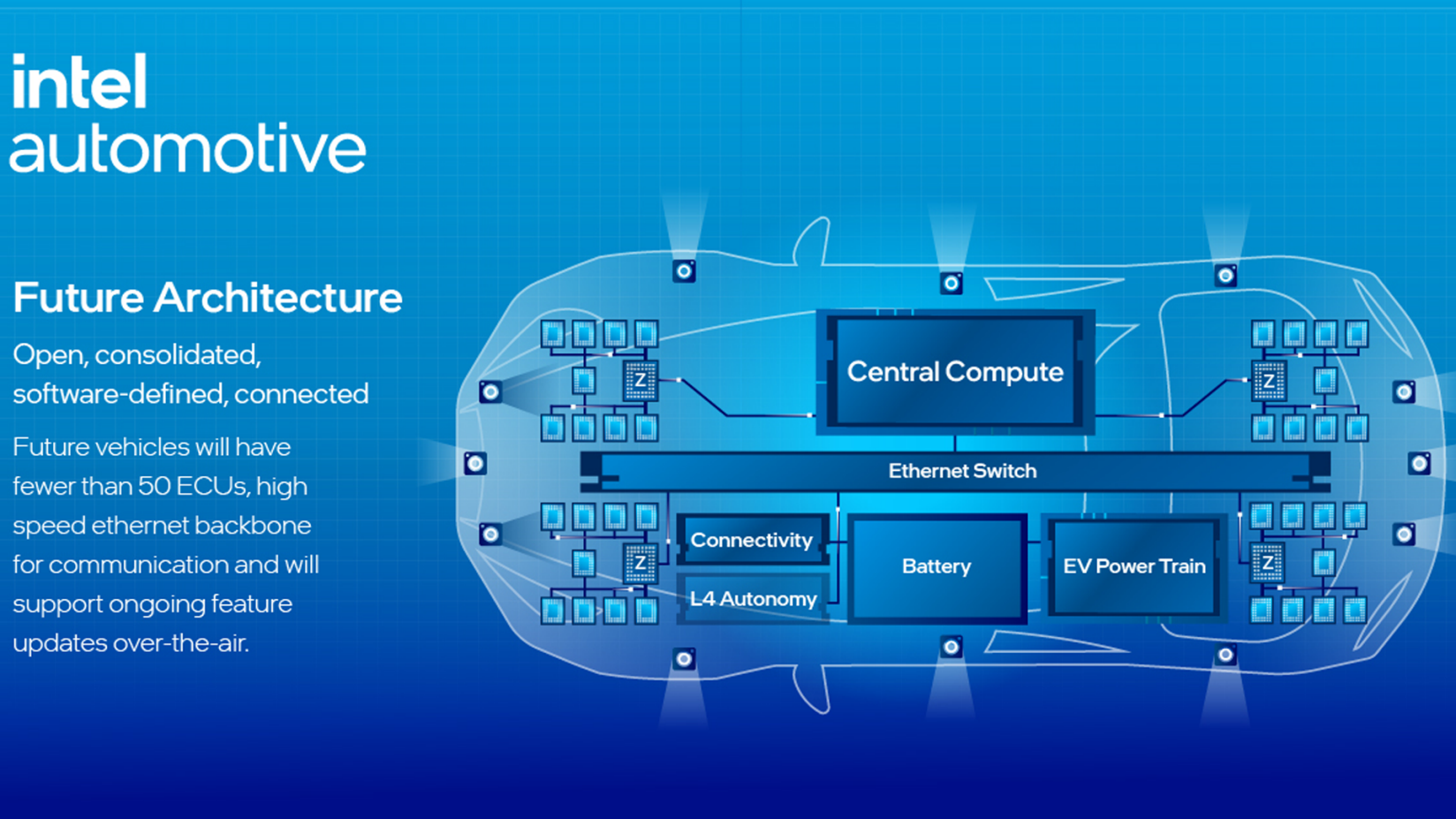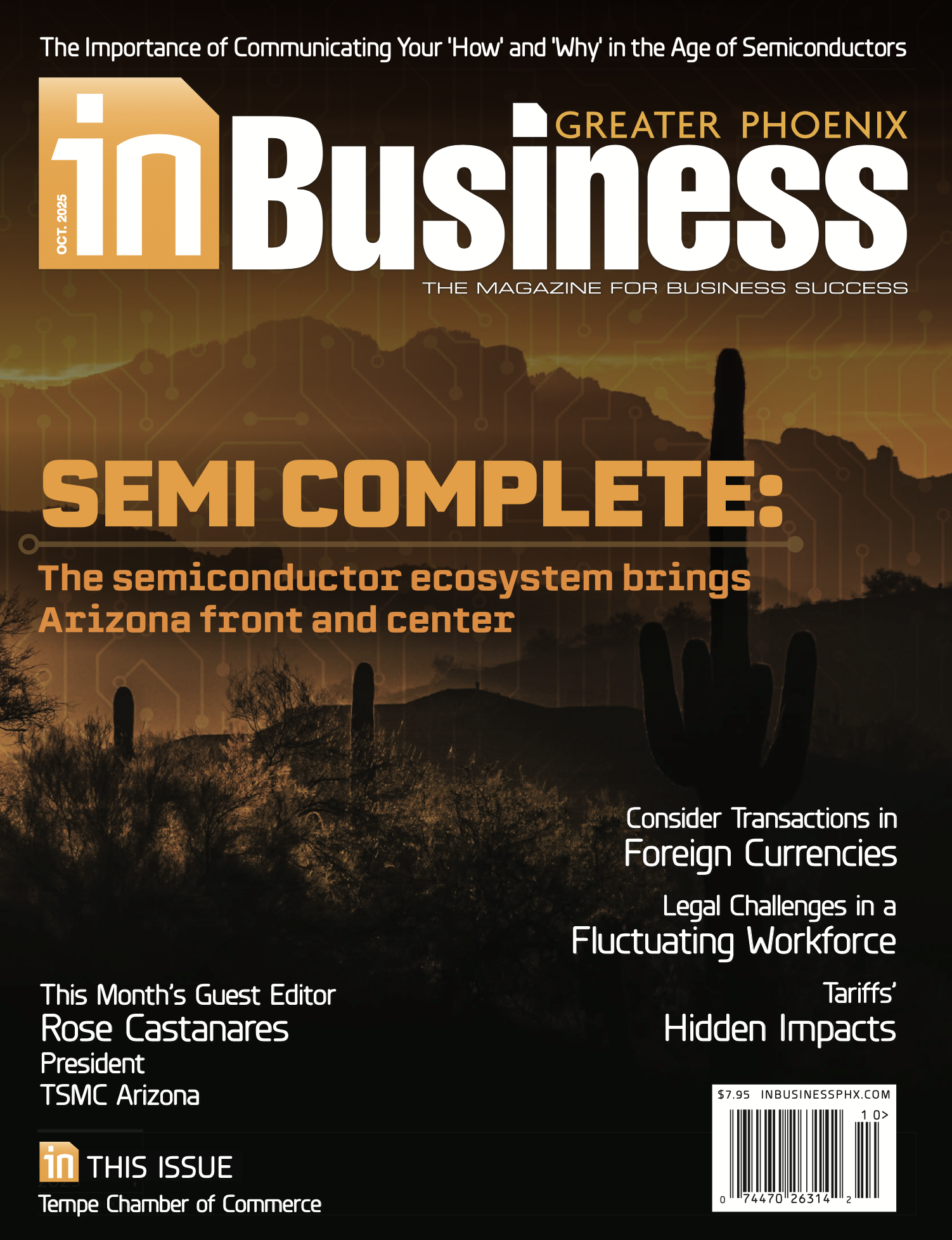I grew up in a car family. And when I say car family, I mean a CAR family. The running joke was that we had to have more individual cars than years my parents were married. And they’ve kept that streak alive for nearly 50 years. We’ve had Alfas (lots of Alfas), Corvettes, Chryslers, Fiats, a Renault (Le Car!), BMWs, MGs and MBGs, Cadillacs, Chevys, Maseratis, Ferraris, Jeeps, a Dodge Ram van and truck, Hondas, and so many more I can’t even remember.
As the leader of Intel Automotive, I come by my love of cars honestly.
But times are changing. My folks will inevitably slow their roll in vehicle acquisition as they get beyond a safe driving age. And we are unavoidably at the end of an era in the automotive industry.
Change has Arrived; Survival is Not Guaranteed
The automotive industry is facing a perfect storm of unprecedented change: the transition to electric, the advent of pervasive connectivity, the evolution of cloud-to-edge architectures, and a market disruption with the addition of the most new carmakers now than in over 50 years.
As Andy Grove said, “only the paranoid survive,” and now is the time to be ultra paranoid. We are facing a true iPhone moment in the automotive industry. Those who embrace change and shed legacy mindsets while advancing their processes to reflect the pace of change in the IT industry will survive.
For my entire lifetime, and even that of my parents, the modern “car” really hasn’t changed much. Sure, engines have gotten more powerful and more efficient. Cars are safer in crashes. Lights are now all LEDs. But for the most part, the foundational architecture of the modern vehicle hasn’t changed since my dad started driving in the early 1960s.
A pattern that started then and has continued until today has led to modern vehicles that contain over a mile of copper cabling to connect over 100 individual electronic control units (ECUs), each of which delivers a single feature or function of the vehicle. Seat heaters? New ECU. A/C? New ECU. Electric Windows? New ECU. Every function in the modern vehicle that has been added piecemeal, one by one, has led to a vehicle architecture that today, in the 21st century, is technically and economically unsustainable.
In the IT industry, we long ago moved away from embedded single-function devices and migrated to modern, high-performance computing systems where multiple functions and workloads run on a single, centralized system because of the amazing possibilities of software. There are significant cost and performance efficiency benefits. And since modern software-defined high-performance systems were introduced in the IT industry more than 20 years ago, IT and other industries who have embraced them have never looked back.
The Software-Defined Vehicle Done Right
So, change is hard and only the paranoid survive. What should an automaker do? How should they know the right partner to help them with this transition?
At Intel, we’re focused on software-defined done right.
You can’t just pay lip service to a software-defined architecture and then keep your customers locked into proprietary architectures and APIs. That’s not how it worked in the IT industry and that won’t work in automotive. Software-defined inherently means open architectures and open APIs that allow for re-use and interoperability across silicon vendors and from car to cloud. Intel Automotive has committed to an open architecture approach where we’ll never force you to use a specific operating system or API that locks you into Intel hardware.
Our commitment to openness extends to our silicon, as well. Customers are free to use Intel Foundry Services to integrate their own custom chiplet into a standard Intel Automotive roadmap product via the UCIe standard. As the unique automotive industry supplier to offer such a capability, Intel is underscoring its commitment to open platforms for both hardware and software.
Intel is the right partner at the right time to help the industry make this significant transition.
So, get to know us. It’s been a while. Let us re-introduce you to Intel Automotive and all that we have to offer.
Jack Weast, an Intel Fellow, is vice president and general manager of Intel Automotive at Intel Corporation.












